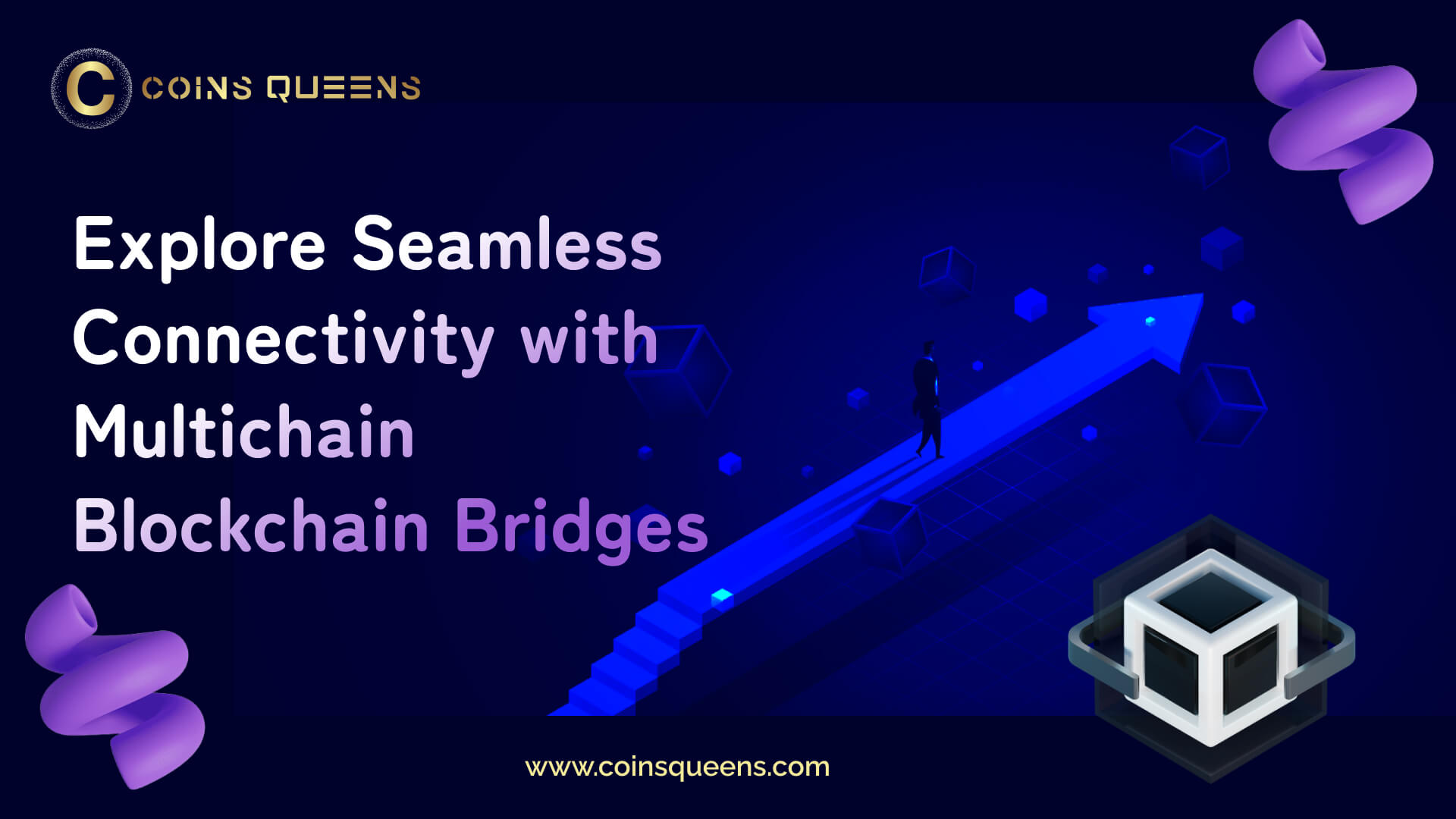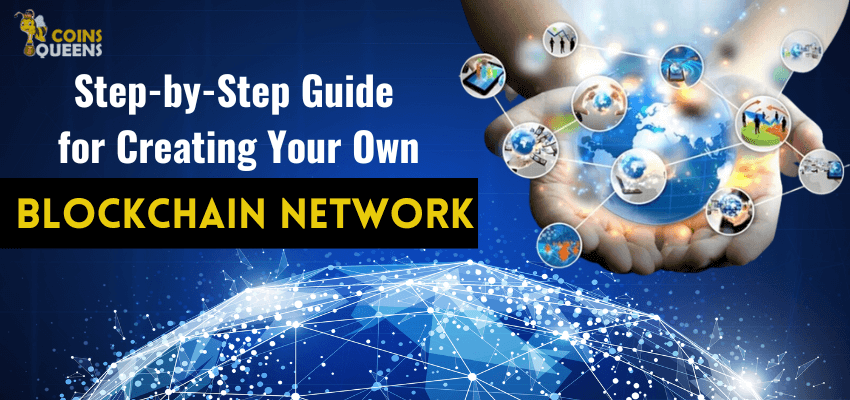Introduction
Blockchain technology has birthed a plethora of networks, each promising unique advantages and solutions. However, the diversity of these ecosystems often leads to a significant challenge: interoperability. The ability of different blockchain networks to communicate and share information is crucial for the seamless operation of decentralized applications (dApps) and services.
Connecting these disjointed networks is essential for optimizing interoperability and utility as blockchain ecosystems spread. As a result, several multi-blockchain designs with unique strategies have emerged.
key steps Involved In Using A Multichain Blockchain Bridge
Locking Assets on the Source Chain: In the source blockchain network, the user deposits or “locks” their assets (such as tokens, NFTs, or cryptocurrencies).
Minting Equivalent Assets on the Destination Chain: In the destination blockchain network, the smart contract of the bridge mints an equivalent quantity of the user’s assets. These are called “wrapped” or “pegged” tokens rather frequently.
Validation and Confirmation: To guarantee the security and integrity of the cross-chain transfer, the bridge uses validators, or nodes, to validate the transaction on the source chain and approve the minting of the corresponding assets on the destination chain.
Asset Transfer: Now that the minted assets are on the destination blockchain, the user is free to utilize them and the services and apps that are accessible on that network.
Burning and Unlocking: Burning the wrapped or pegged tokens on the destination chain causes the matching assets on the source chain to unlock, allowing the user to move the assets back to the original blockchain.
Withdrawal: The cross-chain transfer procedure can then be finished by the user withdrawing the unlocked assets from the originating blockchain.
The Features Of A Multichain Blockchain Bridge Include:
Interoperability: Multichain bridges provide smooth communication across several blockchain networks, facilitating the transfer of resources and information between chains and improving connectivity within the decentralized ecosystem..
Enhanced Liquidity: In decentralized finance (DeFi) networks, multichain bridges boost liquidity by facilitating the transfer of assets like wrapped tokens and ERC-20 tokens.
User Experience: By making interactions with Web3 apps, DeFi platforms, and decentralized applications (dApps) easier, these bridges improve user experience inside the blockchain realm.
Scalability and Lower Transaction Fees: With multichain bridges, customers may make use of sidechains and Layer 2 solutions for more effective transactions that save petrol costs and improve scalability.
Security and Audits: Multichain bridges combine smart contracts and APIs, putting them through thorough audits to protect against security flaws and possible hacks. This ensures that users may move assets safely and effectively.
Advantages Of Using Multichain Blockchain Bridges
Scalability: In comparison to monolithic blockchain designs, multichain systems, commonly referred to as modular blockchains, enable the split of functions between specialized chains, enhancing overall scalability.
Flexibility: With the use of multichain bridges, new blockchain networks may be integrated into the ecosystem more freely and according to specific requirements.
Cost Reduction: Multichain designs can assist in lowering the expenses related to maintaining a single, monolithic blockchain by dividing duties across several chains.
Interoperability within Similar Ecosystems: Multichain bridges are especially useful for tying together blockchain networks with comparable underlying technology, such as Binance Smart Chain, Ethereum, and Polygon—all of which are compatible with the Ethereum virtual machine.
Focused Functionality: Unlike a one-size-fits-all strategy, each chain in a multichain network may specialize in a specific function, enabling more effective and optimized performance.
Examples Of Multichain Blockchain Bridges
Ethereum: As a foundational blockchain, Ethereum facilitates interoperability with other blockchain networks by supporting many multichain bridges.
Polygon: Polygon is well-known for its multichain features, which facilitate the smooth transfer of assets and data across the Ethereum and Polygon chains.
Arbitrum: Another multichain bridge that improves interoperability by enabling the movement of assets and data between several blockchain networks is Arbitrum.
Polkadot: Cross-chain communication and interoperability across various parachains within Polkadot’s ecosystem are made possible by its multichain design.
Cosmos: Cosmos is renowned for its multichain capabilities, offering a foundation for creating blockchains that are linked and capable of securely exchanging data.
These multichain blockchain bridges play a crucial role in enhancing interoperability and connectivity between diverse blockchain networks, fostering a more integrated and efficient blockchain ecosystem.
Final Thoughts
Seamless interoperability between protocols, assets, and ecosystems will be crucial in identifying successful designs as blockchain use grows.
CoinsQueens customizes blockchain solutions tailored to your use case and industry. Contact us to discuss how multi-chain architectures maximize value and utility for your needs.
If You Are Interested,















